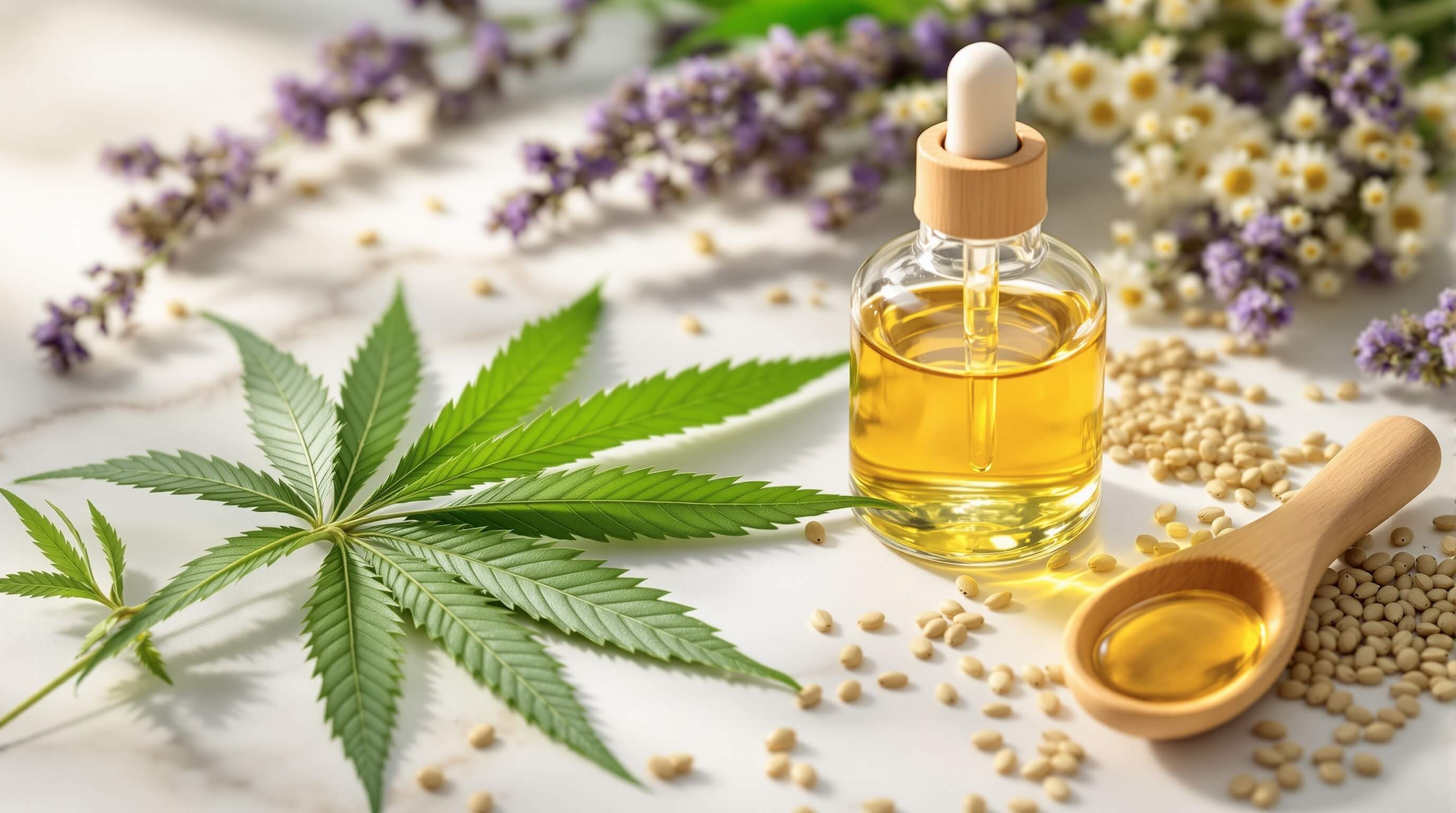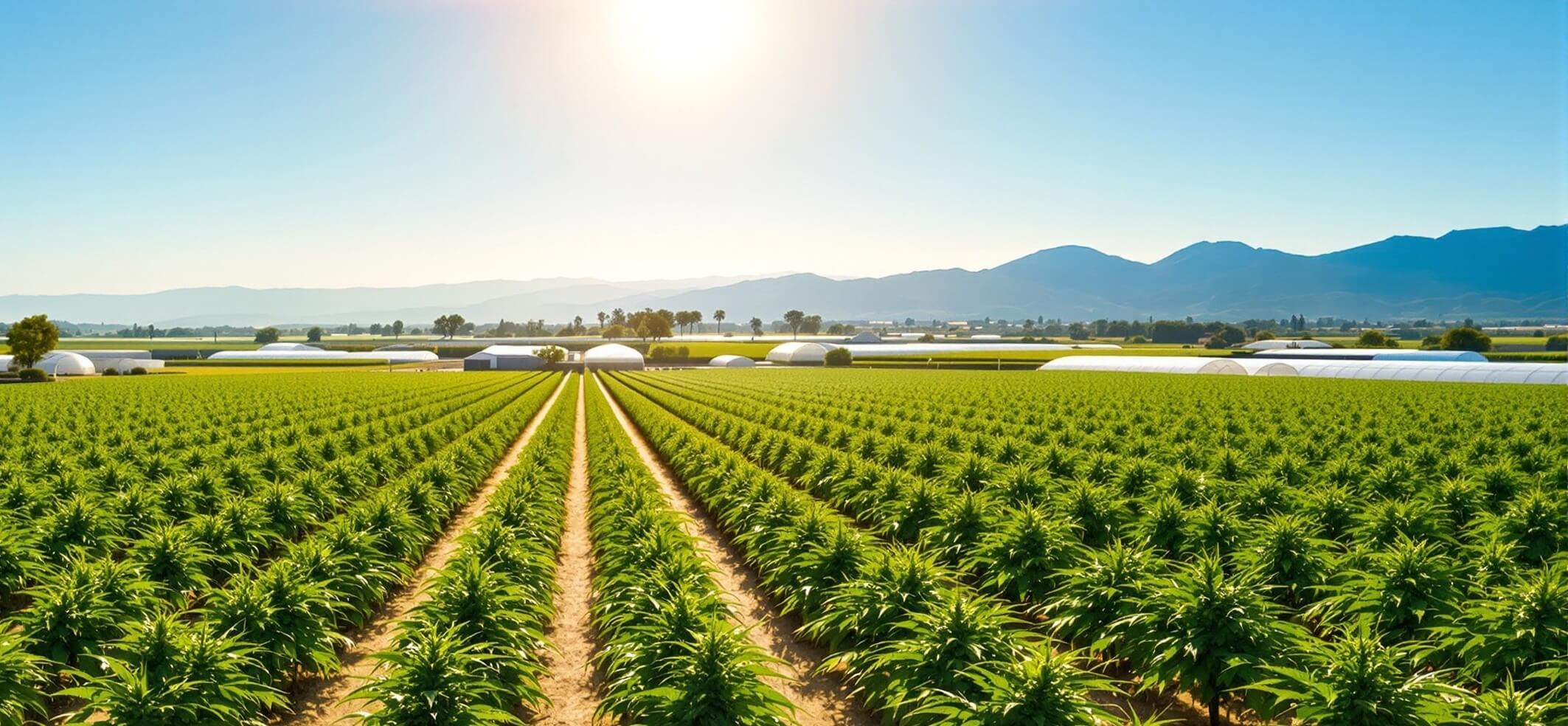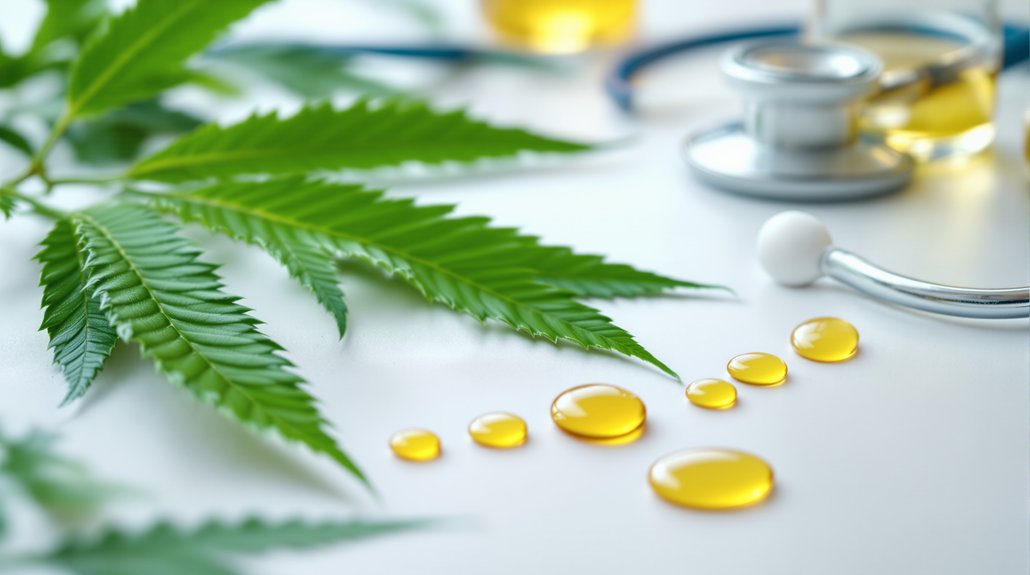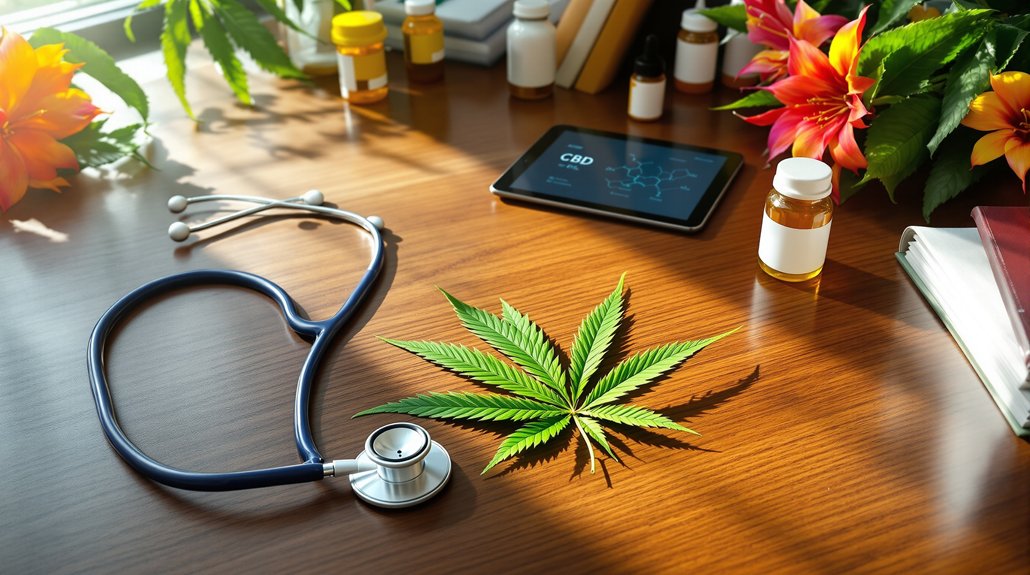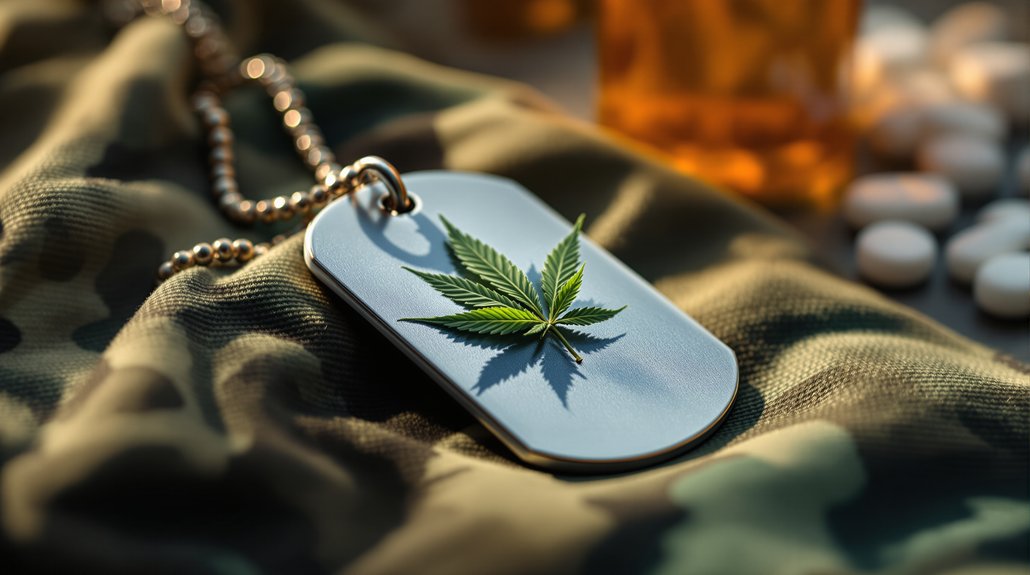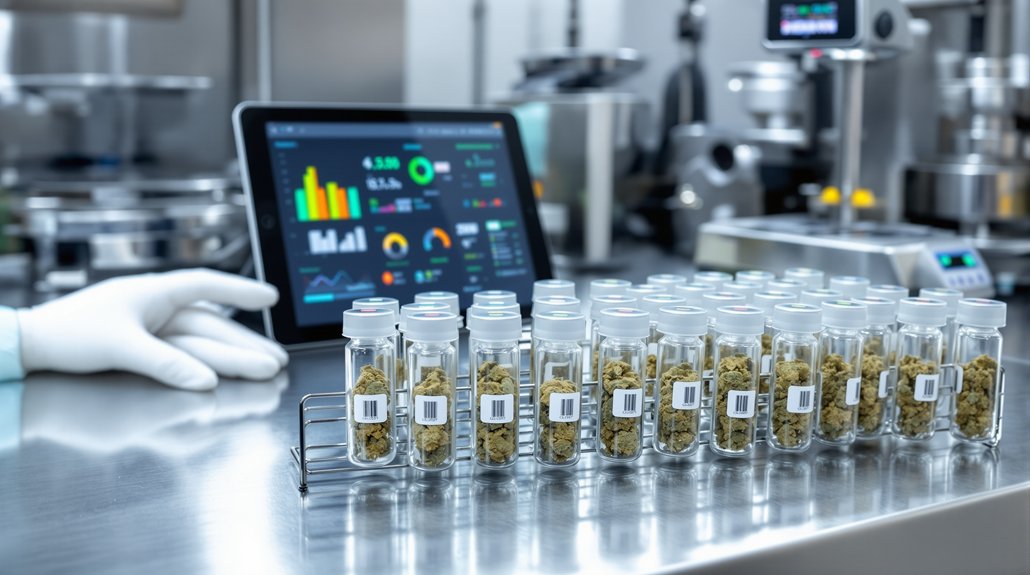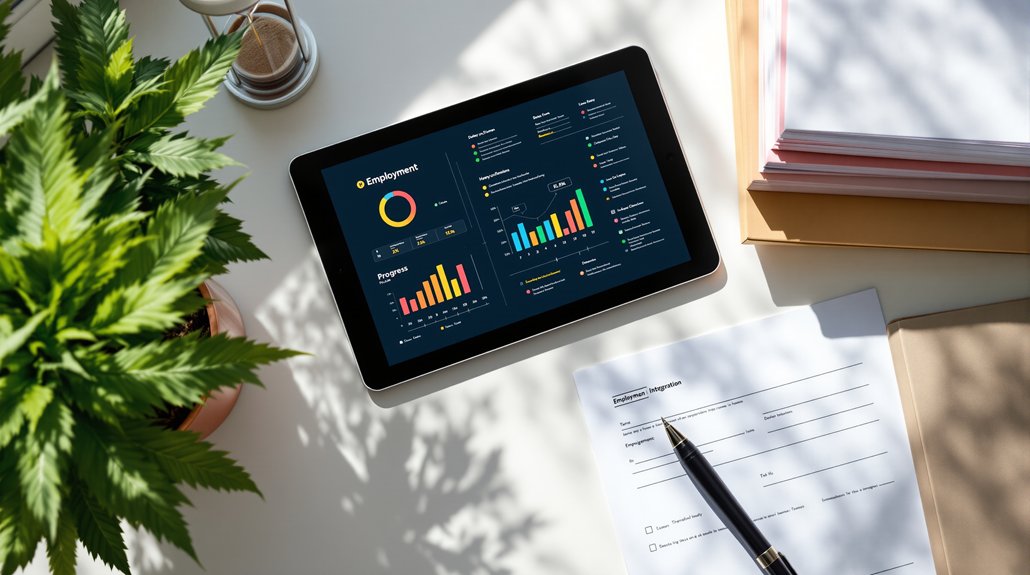How effective is vaporized cannabis for treating acute migraine attacks? A groundbreaking double-blind, placebo-controlled study from the University of California San Diego has provided the first rigorous scientific evidence that vaporized cannabis flower can deliver superior pain relief compared to placebo treatments.
The randomized controlled trial examined patients who inhaled four puffs of vaporized cannabis flower containing 6% THC and 11% CBD during acute migraine episodes. Results demonstrated remarkable efficacy, with 67% of patients using the THC-CBD combination reporting noticeable pain relief at the two-hour mark, compared to only 47% receiving placebo treatment.
67% of patients achieved noticeable pain relief with THC-CBD vaporized cannabis compared to 47% with placebo treatment.
Even more impressive were the pain freedom rates, where 34.5% of THC-CBD users achieved complete pain relief within two hours, considerably higher than the 15.5% placebo response.
The crossover study design allowed researchers to compare different cannabis formulations against placebo in the same patients. THC alone performed similarly to the combination therapy for pain relief, with 69% of patients reporting improvement, though it achieved lower pain freedom rates at 27.9%.
CBD alone showed less dramatic results, with pain freedom rates of 22.8%, suggesting that THC plays a vital role in acute migraine treatment.
Beyond immediate pain relief, the study revealed sustained benefits extending to 24 and 48 hours post-treatment. Patients experienced notable improvement in their most bothersome symptoms, including marked reductions in photophobia and phonophobia.
These extended effects suggest that vaporized cannabis may offer longer-lasting relief than some traditional treatments.
The research proves particularly noteworthy for patients who have not responded to standard migraine therapies. Despite these promising results, cannabis businesses providing these therapeutic products face high effective taxes due to Section 280E restrictions, potentially limiting patient access to these treatments. Data was collected through a mobile application that guided procedures and tracked participant feedback throughout the treatment period. These findings were initially documented in a 2024 preprint paper before being presented at the American Headache Society’s annual meeting.
Importantly, researchers reported no serious adverse events during the study, addressing safety concerns that often surround cannabis-based treatments.
These findings align with broader usage patterns among migraine sufferers. Survey data indicates that nearly one-third of people with migraines have experimented with cannabis products for symptom management.
A thorough 2002 review of 5,600 subjects found that medical marijuana reduced both the length and frequency of migraine episodes, while many patients report decreased dependence on prescription medications.
The study’s rigorous methodology, including its placebo-controlled design and systematic data collection, provides the scientific foundation needed to evaluate cannabis as a legitimate treatment option. This research was VA-funded, highlighting the government’s commitment to evidence-based medical cannabis research.
The research demonstrates that formulation matters considerably, with the specific ratio of THC to CBD proving essential for ideal therapeutic outcomes in acute migraine management.
